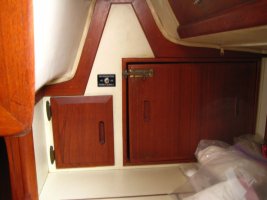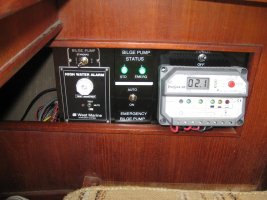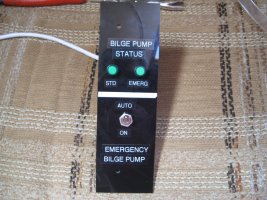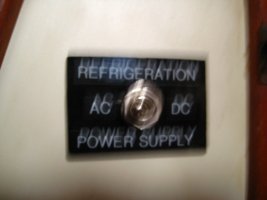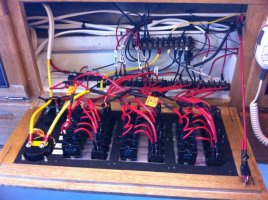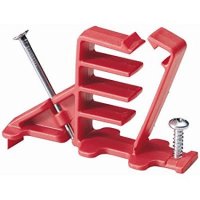Joliba
1988 E38-200 Contributing Member
Maintaining an Ericson frequently involves passing wires, cables and hoses to repair non-functional systems or install new equipment. It sometimes seems that Ericson put together a skeleton of wiring and plumbing and then afterward built the boat solidly around it, like a time capsule encased for posterity in the foundation of a building. Passing new wires is often a challenge requiring time, ingenuity and a high tolerance for frustrating obstacles. The more one does this, the more clever solutions are learned. If your boat is not near your home or hardware store, it pays to bring all that is needed prior to commencing the project. Here is a list of a few things I have used. What would other Ericson owners add?
Time (it always takes longer than predicted)
A drill with a long bit and hole cutter (either hole saw or spade)
A fish tape
A wire hanger and a stiff, heavy, insulated single-strand copper wire
Tape (usually duct tape or strapping tape to attach the pulled wire or hose)
A headlamp
A mirror on a flexible handle
A grabber
A staple gun (to repair the Ericson headliner)
Replacement zipper pulls (for the corroded aluminum pulls that will break at the wrong time
Cable ties and hangers
Labels and a camera (next time you do the same job, you will never remember what you did)
A well-stocked tool kit
Also helpful would be a pint sized circus contortionist, and a trained snake that can tolerate a cable taped to its tail.
Mike Jacker
Time (it always takes longer than predicted)
A drill with a long bit and hole cutter (either hole saw or spade)
A fish tape
A wire hanger and a stiff, heavy, insulated single-strand copper wire
Tape (usually duct tape or strapping tape to attach the pulled wire or hose)
A headlamp
A mirror on a flexible handle
A grabber
A staple gun (to repair the Ericson headliner)
Replacement zipper pulls (for the corroded aluminum pulls that will break at the wrong time
Cable ties and hangers
Labels and a camera (next time you do the same job, you will never remember what you did)
A well-stocked tool kit
Also helpful would be a pint sized circus contortionist, and a trained snake that can tolerate a cable taped to its tail.
Mike Jacker

